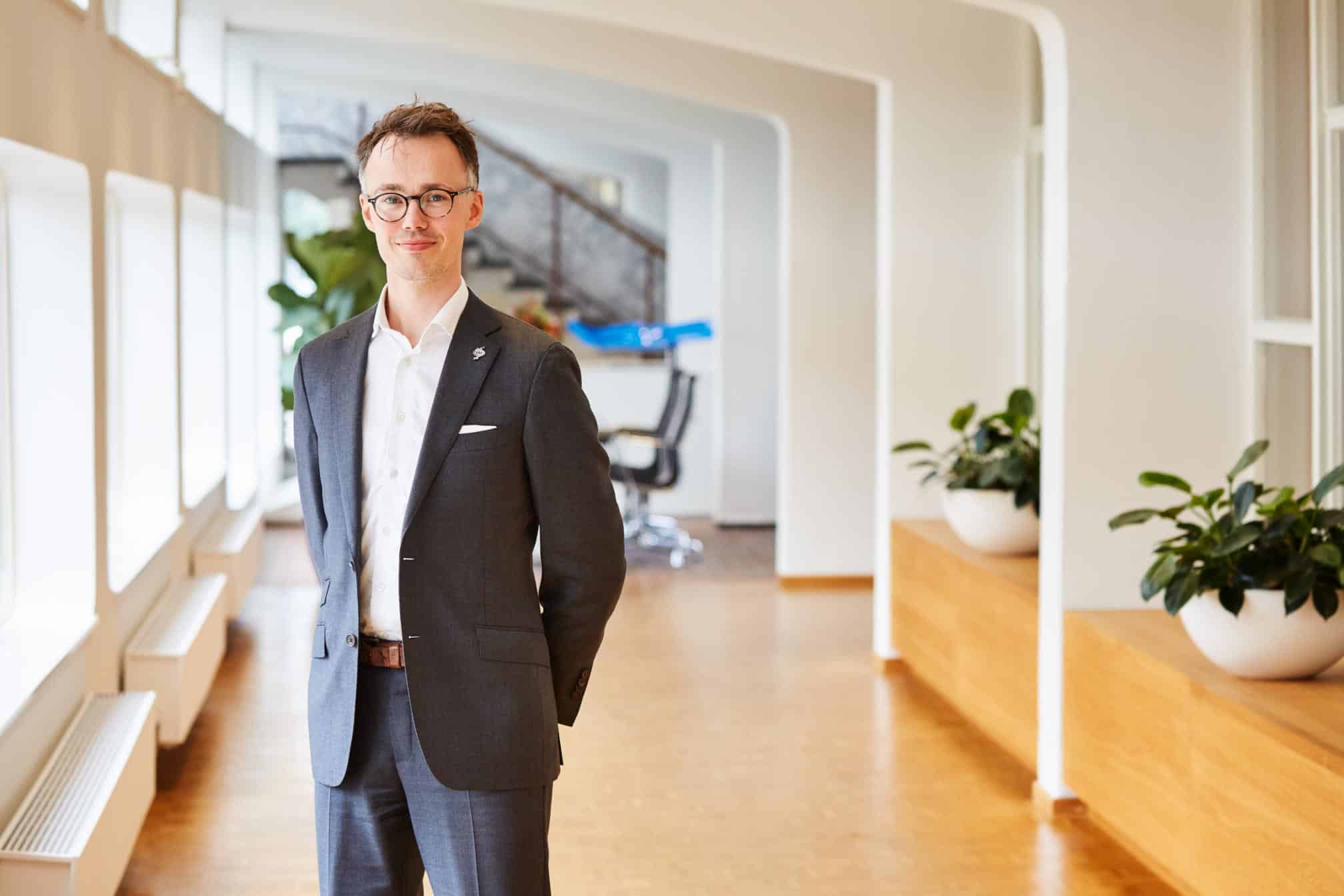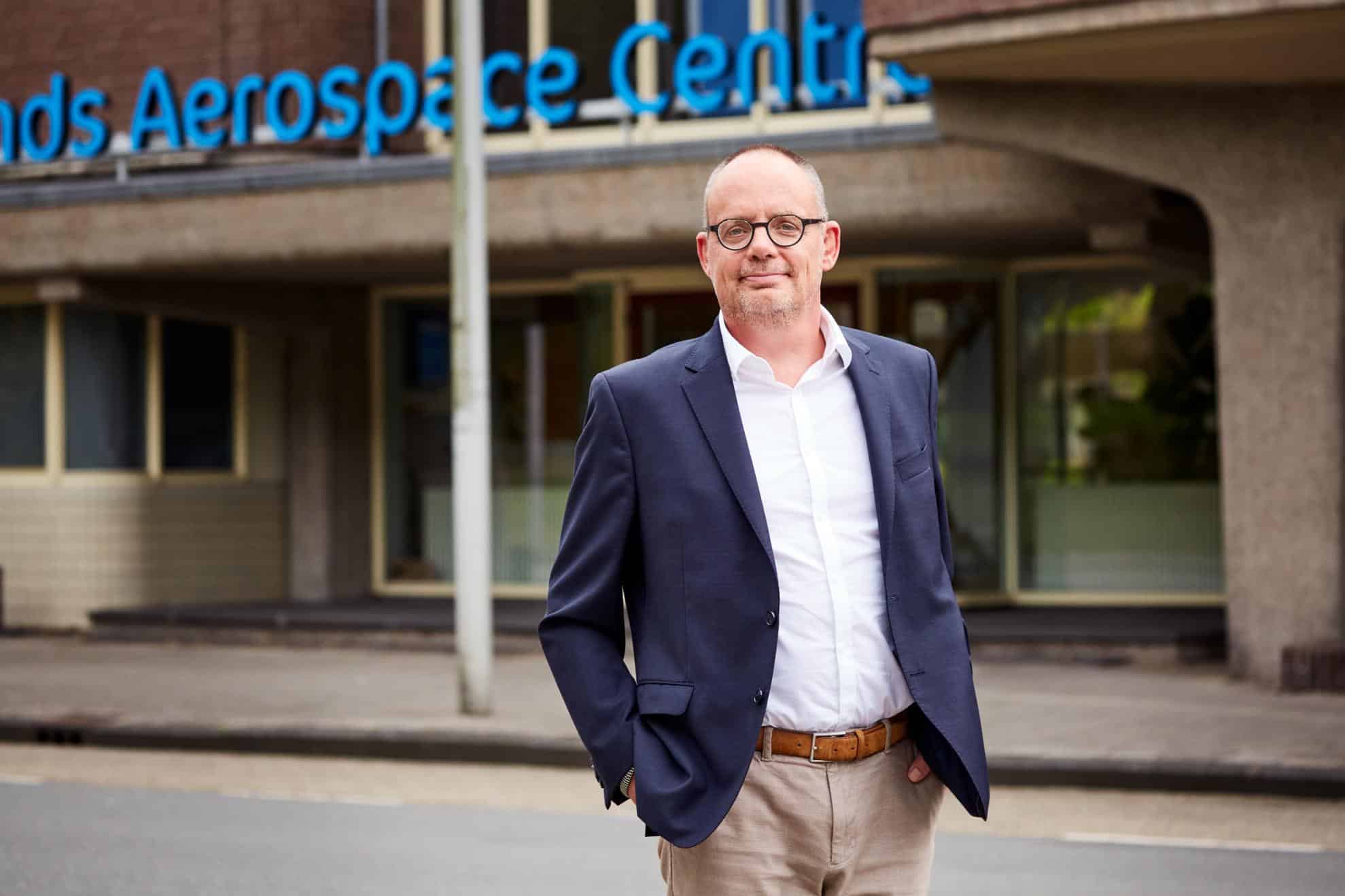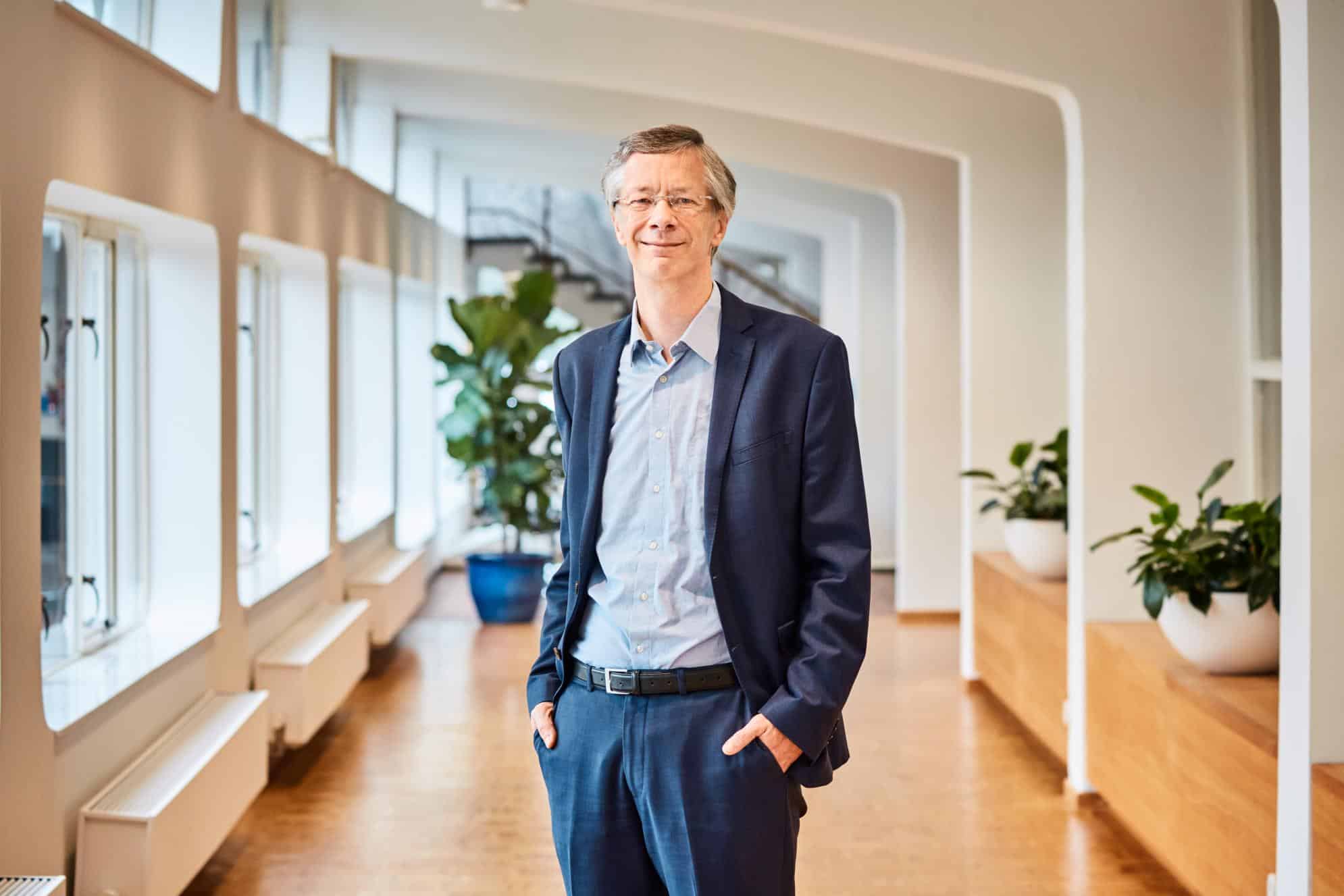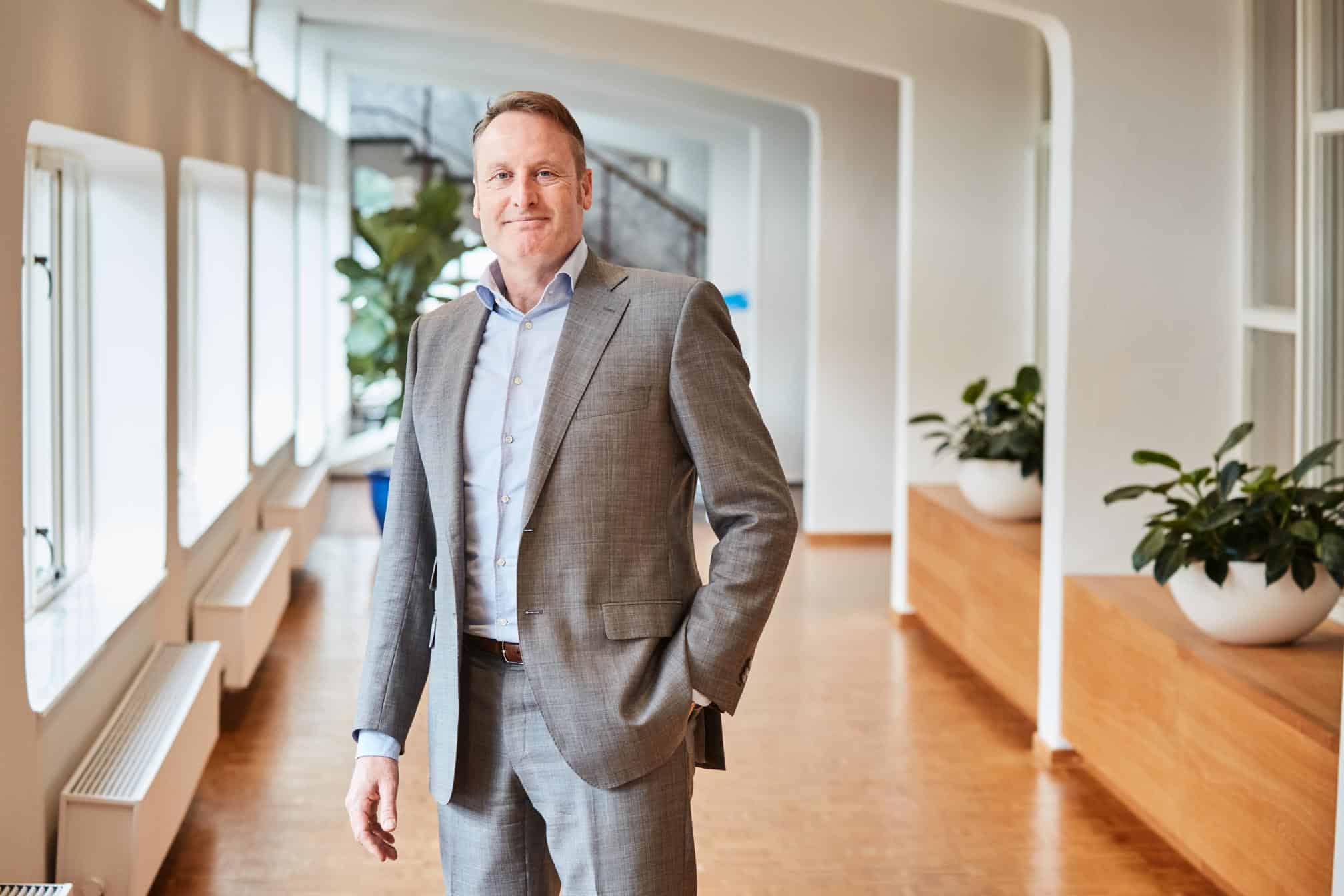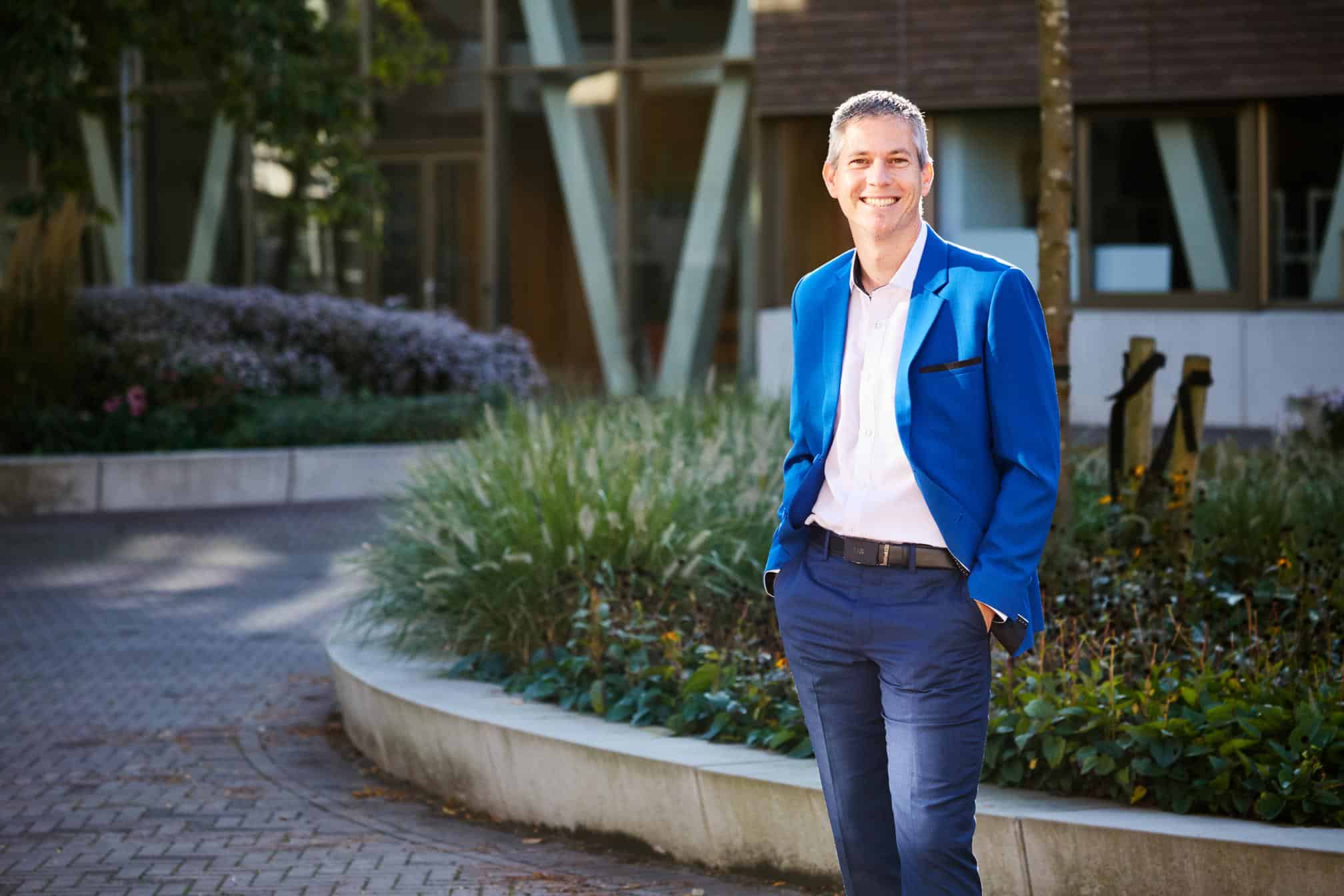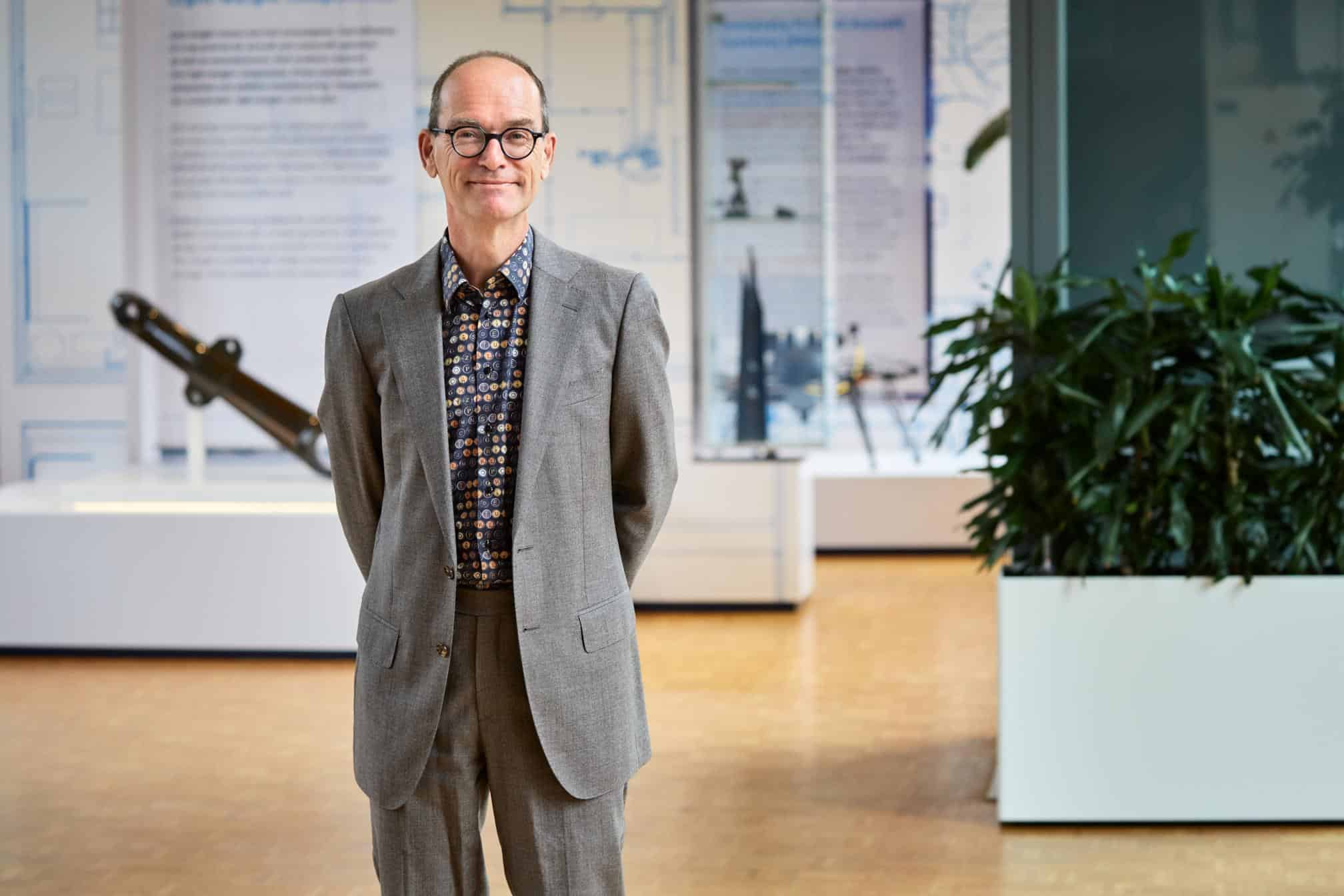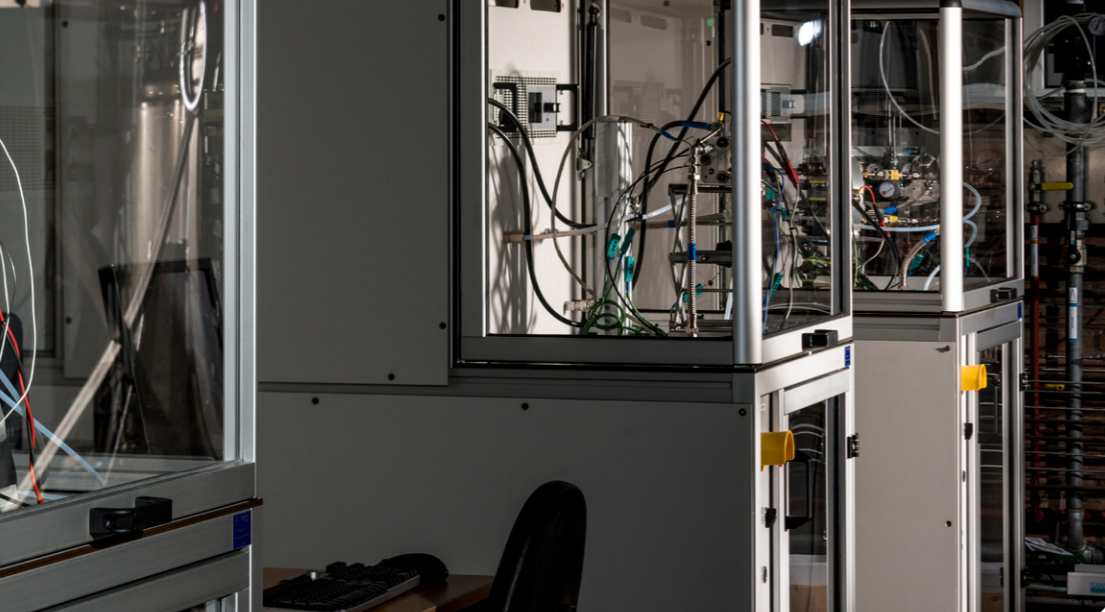
The Dutch government has great ambitions for hydrogen. The National Hydrogen Program demonstrates that the government wants to go all-out for hydrogen as the energy system of the future. But how are our hydrogen society and economy faring? In the summer series The ‘The Netherlands, Hydrogen Land’, we discuss the current state of affairs with technicians and scientists on the basis of themes from the National Hydrogen Programme. In the sixth installment: innovation and the manufacturing industry.
The National Hydrogen Program
At the beginning of July, the National Hydrogen Program (NWP) was presented to the Secretary of State by the cross-sectoral working group hydrogen (CSWW). CSWW is a collaboration between 19 organizations. The program stems from the government’s National Climate Agreement. The cabinet’s vision for hydrogen contains the policy agenda in which the central government’s commitment is laid out further. The period up to and including 2021 is the preparatory phase for the actual scaling up and roll-out of hydrogen from 2022 onwards. The second phase of the NWP – which is actually the real start – Is set to commence on 1 January 2022.
Green hydrogen doesn’t actually exist yet. It has to be made. This requires, among other things, electrolyzers, which convert solar and/or wind energy into hydrogen. As an export country, there are opportunities for the Netherlands in the electrolyzer market. “But we’ll have to step it up a lot if we want to gain the leading position,” says Ronald Stevelink, business developer for the Energy cluster at the FME trade association.
“Other countries already have production sites. Like ITM Power in England. And Germany, already has a big head start with Siemens. The cards are now being dealt for the production of green hydrogen.”
According to the NWP, the Netherlands wants to become a leader in the production, use and export of hydrogen and the accompanying technologies. The Netherlands has a good starting position for this, the program emphasizes: “An excellent gas infrastructure that can be repurposed for the transport of sustainable hydrogen, a large potential of offshore wind for the production of green hydrogen, an industry that has the determination to become more sustainable, and innovative companies and knowledge institutions that are capable of developing new solutions.”
Blind spot
Stevelink was already one of the initiators of this hydrogen activity within FME four years ago. “Back then, hydrogen as an alternative to fossil fuels was really still in its infancy.” For example, he collaborated on the research into the prospects for the Dutch hydrogen industry. For that research, 260 Dutch companies were interviewed. “That study revealed a blind spot: We don’t have a manufacturer of large electrolysers in the Netherlands.”
The Dutch Ministry of Economic Affairs and Climate Policy commissioned that first general study. That was followed by FME and the Netherlands Organisation for Applied Scientific Research (TNO) working with 10 Dutch provinces to explore regional opportunities for building electrolysis plants in the Netherlands. “We found out that there is a lot of hidden manufacturing industry. People were not even aware themselves that they were able to make electrolyser components.”
Then FME, together with TNO, launched an ‘Electrolyser Makers Platform‘ with 80 companies that are able to contribute to an electrolyser. Rogier Blokdijk, responsible for the hydrogen portfolio within FME and involved in setting up the platform. He is the link between the companies working on green hydrogen and the various projects that are up and running. “Our goal is to join forces. To share that knowledge. We need each other in order to be able to develop together. We need the Netherlands to be just a little bit smarter than other countries. In Germany and France they are throwing a few billions at it. For example, in Germany you have a large conglomerate like Siemens, which is able to free up a lot of money for this. You just don’t have companies like that in the Netherlands anymore.”
A cheaper electrolyser
Stevelink: “The cost price for an electrolyser is still extremely high. We are looking into how we can lower that.” The business developer is involved in the Hyscaling program which kicks off this month. “A three-year study involving all major manufacturing industries. We want to be able to build an electrolyser that is thirty percent cheaper. That research goes into much more depth in terms of technology.” This research involves TNO, Eindhoven University of Technology (TU/e), The Institute for Sustainable Process Technology (ISPT) and the Fraunhofer Institute in Germany, among others.
For the Netherlands to be able to move up a gear on the export market, Blokdijk says that demand has to be created. “That demand is gradually emerging, but it still has to be supported by subsidies. The predictions are that green hydrogen will be able to compete effectively somewhere between 2030 and 2035. We simply can’t wait for that. Then we won’t be able to catch up and become a leader.”
Blokdijk applauds the arrival of an NWP. “There are a lot of projects on a regional level, but there is a lack of national direction.” Stevenink agrees: “The NWP bundles the regional initiatives and underlines that it is a development that the Netherlands supports. Companies and government are increasingly working together towards the same direction.”
DJEWELS
Within the DJEWELS project, the Dutch Gasunie icompany is working with Nobian, formerly AkzoNobel Specialty Chemicals. At the Chemie Park Delfzijl in The Netherlands, the companies want to develop an electrolyser with a capacity of 20-30 MegaWatts. The customer for this electrolyser is also located at the Chemie Park, BioMCN, a (bio)methanol producer. This way, the project contributes to the entire green hydrogen chain. European and national subsidies will make the project possible.
“If you, as the Netherlands, want to become a frontrunner, then you have to get cracking on projects like this,” says Koen Wiersma, business developer at Gasunie. The Netherlands has a network for natural gas in place which could be used for hydrogen. “In terms of total energy demand, the 20 MegaWatt of this project is small. It ‘disappears’ into the big picture when you put it into the grid. But if you want to go further with hydrogen, you have to take steps with this kind of project in order to eventually reach GigaWatts. The countries around us are also working on it and that’s good.”
A DJEWELS 2 project, a further scale-up to 40 MegaWatts, is also underway. In this, Sky Energy is the buyer of the green hydrogen. “That will eventually be used to produce biokerosene for KLM.” In addition to the effect of electrolysis in combination with upscaling, these demo projects show which contracts and agreements are needed in that new chain, Wiersma says. “It is essential to scale up further. Here in Delfzijl there is only a few hundred meters between production and use.”
Employment opportunities
All the adaptations and innovations in the natural gas network and, for example, the construction of electrolysers are leading to new jobs and retaining existing ones. “You see a shift in the existing work around natural gas alongwith the components, to completely new jobs,” says Cor Leguijt, Manager Energy and Fuels CE Delft. “Those electrolysers are just not here at the moment. This is really a new kind of job.”
In 2018, Leguijt wrote the report ‘Werk door groene waterstof‘ (Work through green hydrogen) together with colleagues from CE Delft and Hinicio. This revealed that the production of green hydrogen by means of electrolysis can make a substantial contribution to retaining jobs and creating new ones in the Netherlands. However, hydrogen would have to be used on a much larger scale then. An update followed in April this year. It shows that the demand for a workforce will amount to between 6,000 and 17,300 full-time jobs in 2030 and between 16,400 and 92,400 in 2050. By way of comparison, current employment in the Netherlands in the chemical sector is 41,000 full-time jobs, in natural gas extraction 4,700, and in the energy supply sector 25,000.
Leguijt: “Since that first report in 2018, we have been getting a progressively sharper picture of where we will be with green hydrogen in the Netherlands in a few years’ time. What has not become clearer yet is how our exports of, for instance, components of electrolysers or other hydrogen technology will develop.” That’s why there are no figures on what those exports will generate in terms of employment. “What is certain is that there are opportunities.”
Technical personnel
In order to develop that export market, a solid home market is needed, Leguijt goes on to say. “There has to be demand for it. This brings us to another point, which actually applies to the entire energy transition. Sufficiently qualified personnel are needed to be able to implement all those plans. Grid managers, for one thing, are already having trouble attracting enough people to take care of the cables to expand the electricity system.”
It is, according to Leguijt, “a real cause for concern. “It is much broader in scope than just green hydrogen, however. Lack of technically qualified personnel affects the entire energy transition.”
Have you become curious? Read the complete series to date here.
Or check out our entire hydrogen dossier.



